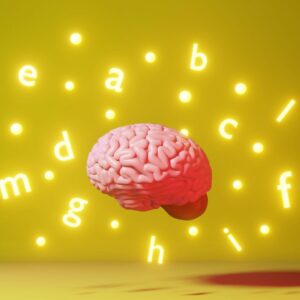
30 Aug Mnemonics Techniques to Improve Memory
MNEMONIC TECHNIQUES TO IMPROVE MEMORY FOR SCHOOL-AGE, SECONDARY AND COLLEGE STUDENTS
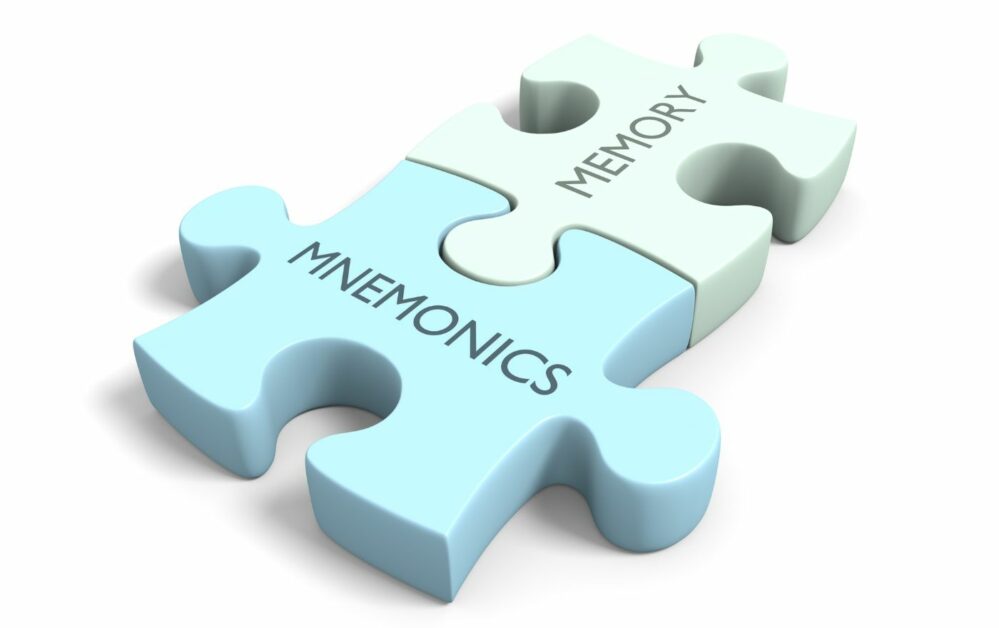
Mnemonic Techniques to Improve Memory
Mnemonics are memory-improvement techniques. They are frequently taught in schools to assist pupils with learning and recalling knowledge. Mnemonics include the following:
- Putting the ABCs to music to help you remember them
- Using rhymes to recall spelling rules such as I before e except after c.”
- To memorize the sequence of operations in algebra, form phrases consisting of the initial letter of words in order (acrostics), such as “Please Forgive My Beloved Aunt Sally.”
Mnemonic methods may also be used to recall names, numerical sequences, and a grocery list. Individuals learn in many ways. Tools beneficial to one individual may not be helpful to another. Thankfully, mnemonics may be used in a variety of ways.
This article describes the various memory strategies and provides examples of each sort of mnemonic.
Keywords Mnemonics
Are you learning a second (or third or fourth) language? The keyword mnemonic approach enhances learning and memory, particularly in foreign languages.
The keyword technique works as follows:
- First, you select a term that prompts you to recall the foreign word.
- Then you associate that keyword with the meaning of the word you’re attempting to learn.
- The image and connection should cause the proper term to be remembered.
For example, if you’re attempting to memorize the Spanish word for cat, gato, visualize a gate first, followed by a cat sitting on top of the gate.
Although the “a” sound in gato is short and the “a” sound in the gate is long, the beginnings are close enough to help you remember the relationship between the gate and the cat and the meaning of gato.
Discover the Magnetic Memory Method, pioneered by Anthony Metiviera, an innovative and contemporary technique for memorizing a wide range of information, including foreign language vocabulary, names, faces, numbers, poetry, and more, focusing on simplicity, grace, and enjoyment.
Chunking as a Mnemonic Strategy
Chunking or grouping information is a mnemonic approach that organizes information into easier-to-remember groupings, phrases, syllables, or numbers. Phone numbers, Social Security numbers, and credit cards are chunked.
For example, memorizing the number 47895328463 will most certainly need some effort. It gets simpler to remember if it is chunked like this: 4789 532 8463.
Interestingly, one of the numerous mnemonic methods explored in patients with moderate Alzheimer’s disease is chunking. According to these research findings, In the early stages of dementia, chunking can help improve verbal working memory.
Learning the alphabet is essential for young children who want to write and read. Handwriting allows them to strengthen their fine motor abilities by tracing the forms of letters. As kids understand their notes, they can better convey their unique thoughts, resulting in a more successful educational experience. Although technology is user-friendly and may be wonderful for simplicity of application, what could pupils miss out on if they did not practice handwriting?
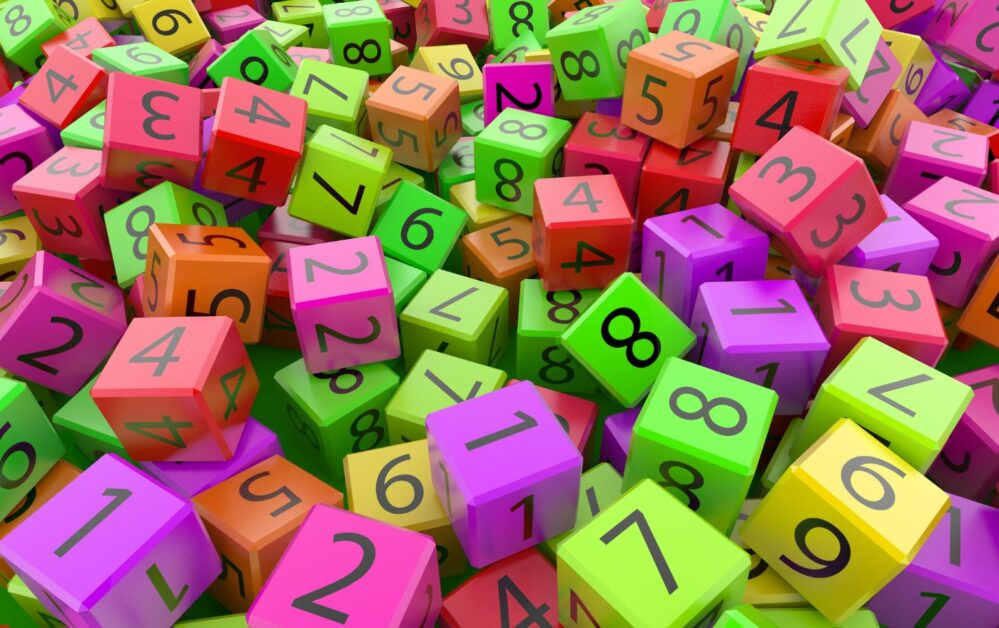
Musical Mnemonics
Music is one method for properly encoding information in your brain. The “A-B-C” song is a well-known example, but there’s no limit to what you may learn when it’s set to music. You may learn the names of African nations, scientific cycles, memory verses, arithmetic formulae, and much more.
If you look online, you’ll find that some songs have already been written to teach certain material, while others require you to develop your own.
No, you do not need to be able to carry a tune or compose music correctly for this mnemonic approach to work. Music can assist persons with moderate cognitive impairment in remembering things.
Letter and Word Mnemonic Techniques
Acronyms and acrostics are the most common methods.
Acronyms employ a basic letter formula to represent each word or phrase that must be remembered.
Consider the NBA, which stands for the National Basketball Association. If you’re attempting to remember four distinct varieties of dementia, you may use the abbreviation FLAV, which stands for frontotemporal, Lewy body, Alzheimer’s, and vascular dementia.
Observe how I organized the list to make it easier to build a “word,” which you would not do if the list you need to memorize were not sorted.
An acrostic works in the same way as an acronym, except instead of creating a new “word,” it develops a phrase that helps you remember the information.
Please Forgive My Dear Aunt Sally is a popular acrostic in math class. This acrostic mnemonic stands for parenthesis, exponents, multiplication, division, addition, and subtraction and depicts the order of operations in algebra.
Mnemonic Techniques Using Rhymes
“Hello there, diddle diddle. The violin and the cat…” Can you complete the rest of the nursery rhyme?
The capacity to recall and retain nursery rhymes is largely due to a combination of repetition and rhyming. Rhyming words can be used as mnemonic devices to improve learning and remembering. To make words rhyme, you can rearrange them or substitute a new word with the same meaning.
Consider the well-known spelling rule: I before “e,” except after “c” or when it sounds like “ay,” as in “neighbour” or “weigh.” This sentence remains with us not just because we’ve heard it several times but also because it contains rhyming.
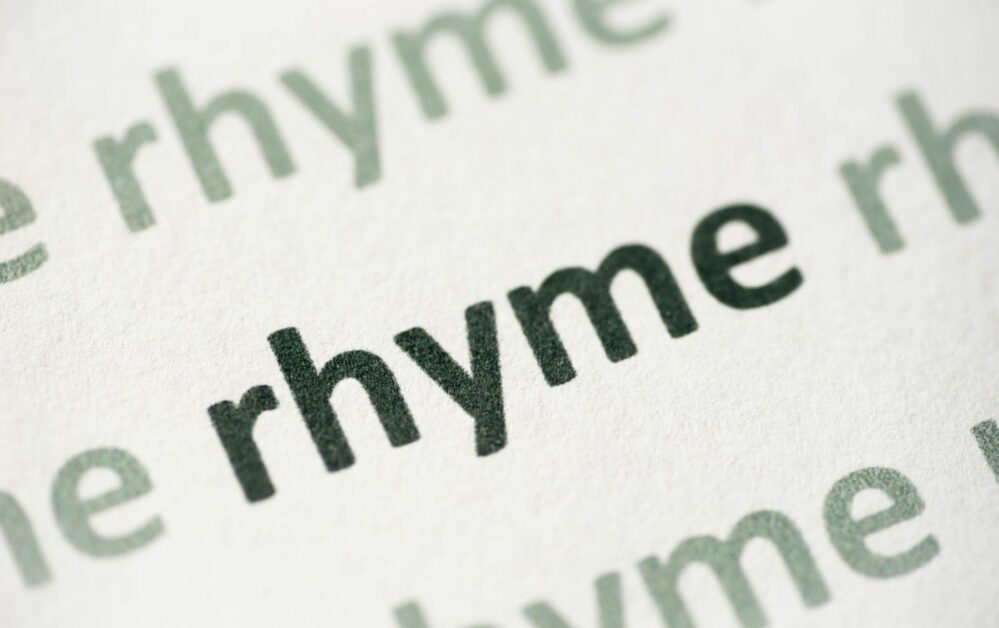
Creating Connections as a Memory Aid
One mnemonic approach for encoding new information is to associate it with something else that you are already acquainted with or know. This gives it meaning and helps you remember it. Forming connections is an elaborative rehearsal that can be used for nearly any topic or type of material.
Assume you were just introduced to someone called Jeffrey. Rather than simply skipping over his name, pay attention and consider how you recall it. You may observe Jeffery is lively, so you imagine him bouncing about his job and associating Jeffery with jumping. When you next see him. “There’s ‘Jumping Jeffery,’ and you can say hello by name,” you’ll think.
Loci Mnemonic Strategy Technique
The technique of loci (pronounced low-sigh) is perhaps history’s first identified mnemonic. It was initially assigned to a Greek poet, Simonides of Ceos, around 477 BC. It is also one of the most studied mnemonics, with great success across a wide range of academic disciplines and life circumstances.
How does it function?
- The learner imagines a room or a well-known passage through a building.
- Along the process, the learner mentally correlates facts or information with specific locations or objects.
- To remember what they learned, they re-create traveling through that space or along that path, with each stop triggering another piece of knowledge.
This approach is also known as the trip method, the “memory palace” strategy, or the mental walk strategy. When the loci technique is applied, studies ranging from medical students learning about diabetes to college students memorizing grocery lists show considerable gains.
Peg Method Mnemonics
The peg technique is a very effective mnemonic for recalling sequential information. It is necessary first to remember the following checklist to organize the facts:
one = bun
two = shoe
three= tree
four = door
five = hive
six = sticks
seven = heaven
eight = gate
nine = vine
ten = hen
When you’ve memorized this list, go through the new knowledge you’re attempting to learn. Connect the first word to “bun,” the second to “shoe,” the third to “tree,” and so on. The idea is to tie each new piece of knowledge you need to remember with a meaningful connection.
Consider the following scientific categorization system: Kingdom; Phylum or Division; Class; Order; Family; Genus; Species. When using the peg technique, the first thing that comes to mind is a kingdom on a hamburger bun. After that, visualize the mathematical division symbol within a shoe. Next, imagine a school sitting on a tree limb. And so forth.
This strategy helps you remember the exact information and the proper sequence in which it should be placed.

The System of Mnemonic Connecting (Stories or Images)
The mnemonic linking approach (also known as “chaining”) creates a tale or image that connects pieces of information you need to remember. Each item prompts you to recollect the next thing.
You must remember to carry the following items to school in the morning: homework papers, glasses, gym shoes, wallet, lunch money, and keys. You may use the linking mechanism to aid you by thinking of the following short story: Jack’s homework papers donned their spectacles and gym shoes and dashed over to his wallet, where his ravenous keys devoured his lunch money. When you include intriguing details or comedy, it is frequently simpler to recall the content.
Using Mnemonic Techniques
While employing mnemonic methods, follow these guidelines:
1. Choose a good mnemonic.
Choose the appropriate mnemonic for your circumstance if you want to learn how to spell a word. Use the conspicuous characteristic or alliterative mnemonic approach to recall a new employee’s name.
2. Put the technique to the test.
You should repeat your mnemonic numerous times to help you remember it. Some people find that repeating a name or word over several days simplifies remembering. They will have an easier time remembering the facts this way.
3. Tell people about the mnemonic.
It may be beneficial to not only practice your mnemonic but also to recite it aloud to others. Some people think that hearing one pronounce a phrase or word helps them remember it better. You can repeat it to other employees in your department, especially if you need to recall it for a meeting or presentation.
Check Our Our Other Blogs:
- Boost Memory Recall with Acronyms and Acrostics
- Three Keys to Enhancing Your Memory: Unveiling The MOM Technique
- Mastering The Link Or Story Method For Improved Memory Recall
- How Writing Down Improves Memory?
- Using Stories to Remember Facts
- What is Working Memory?
- Working Memory Short-Term Memory Strategies
- How Metacognitive Errors Contribute to Difficulty Remembering Proper Names
Craig Selinger
Latest posts by Craig Selinger (see all)
- Psychotherapy and Support Services at Cope With School NYC - April 12, 2024
- NYC Parents of Teens Support Group - April 8, 2024
- Here I Am, I Am Me: An Illustrated Guide to Mental Health - April 4, 2024
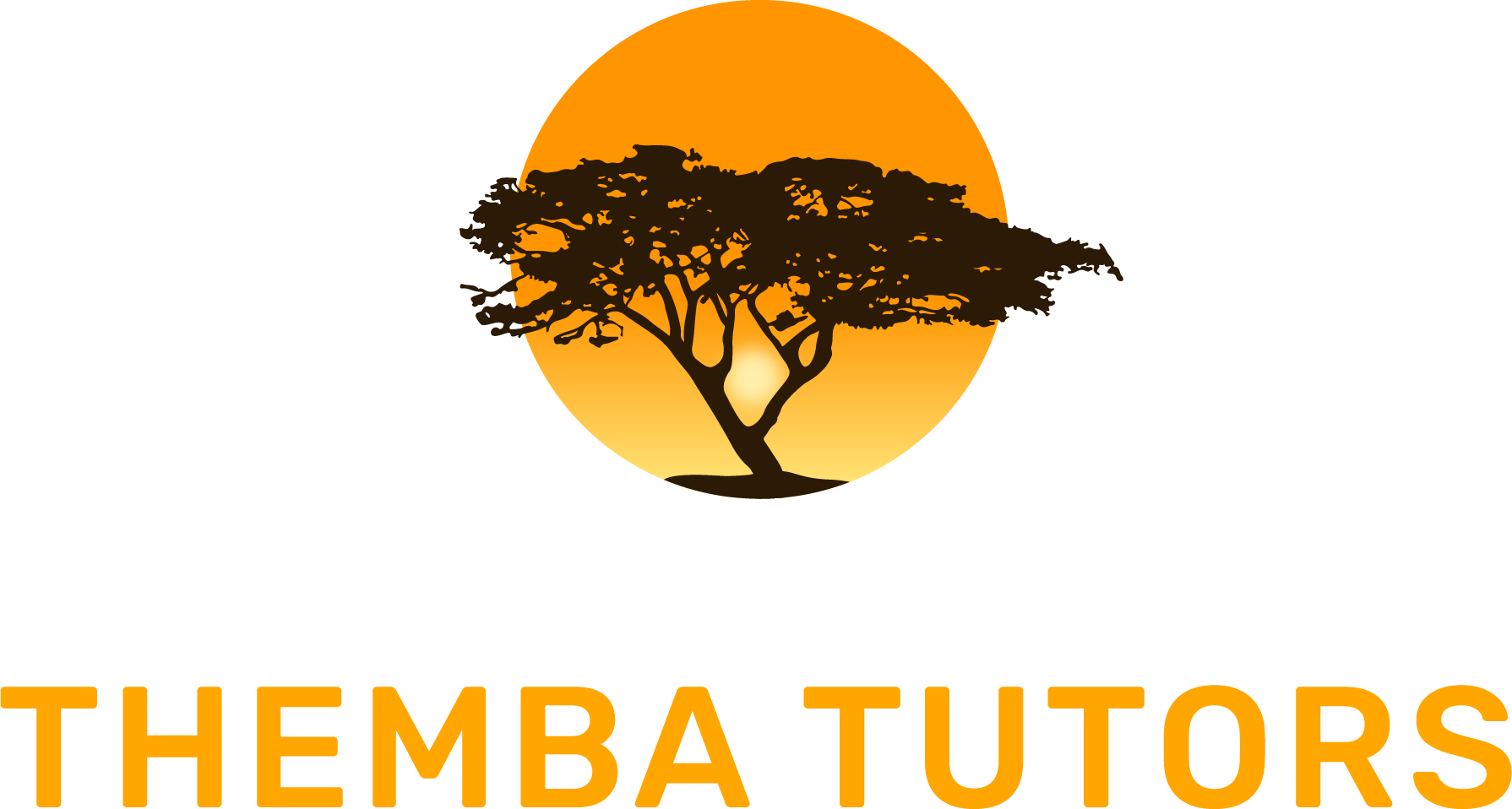

No Comments